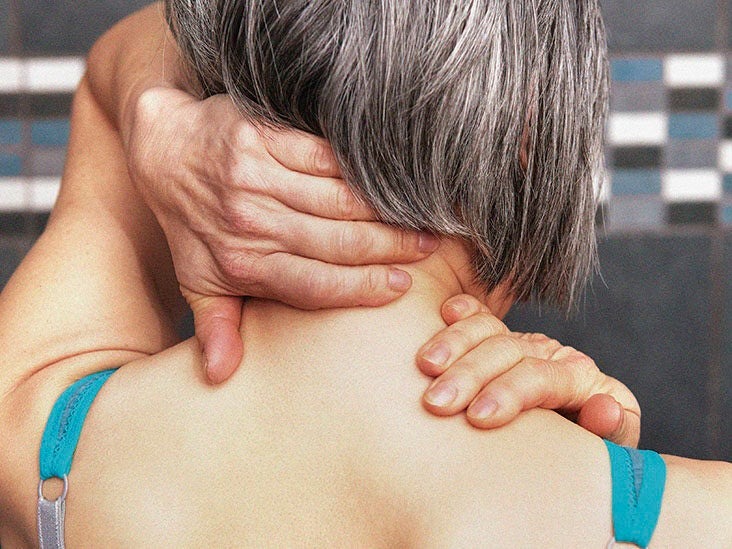If numbness, tingling, or pain is associated with your pinched nerve, try to take it easy. Anti-inflammatory medications like NSAIDs and acetaminophen can help reduce swelling and relieve mild pain.
Heat therapy may also be helpful, as it helps relax tight muscles and improve circulation. You can alternate between ice and heat to improve your symptoms.
Ice
The use of ice to cool the area several times a day, especially if alternated with periods of heat, can reduce inflammation and soothe pinched nerves. Another helpful solution is to search for “pinched nerve treatment near me” or take over-the-counter pain relievers as instructed.
Regularly stretching your neck and back can help relax soft tissue tension, taking pressure off the nerves. If you cannot keep up with this alone, consider seeing a physical therapist or getting a massage to promote relaxation and increase circulation.
Ensure you eat well-balanced meals containing the nutrients needed for good health. This includes calcium which is essential for nerve health. You can eat various foods rich in this nutrient, including yogurt, cheese, and milk. You can also find calcium supplements at most retail drug stores. Be sure to read labels and always follow dosing instructions. Lastly, make sure to get enough sleep. This will give your body time to heal itself while minimizing movement that can aggravate the injury.
Heat
The most basic treatment for pinched nerves is rest and over-the-counter pain relievers like acetaminophen or non-steroidal anti-inflammatory drugs (NSAIDs) such as ibuprofen. Over time, these medications may help reduce swelling and alleviate pain. Physicians may also recommend wearing a wrist or cervical collar to limit movement while the area heals.
When the initial pain subsides, you can use heat to encourage blood flow and loosen tight muscles that pressure the nerve. Applying a heating pad or using a warm bath are good options. You can also try electrical muscle stimulation, which uses electrical pulses to soothe the muscles and reduce inflammation.
A professional therapist specializing in neck or spine problems can identify the source of your pain and provide treatment that eliminates it for good. These therapists can also teach you simple exercises and stretch that you can do at home to prevent re-injury or further pain. They can also recommend dietary changes to ensure you are getting enough calcium, which can prevent herniated discs in the neck.
Massage
Nerves are like tiny electrical cords that transmit electrochemical signals from your brain to your arms, legs, back, and other body parts. When these nerves get pinched or compressed, it causes pain and numbness.
Typically, a pinched nerve in the neck or back is caused by bone or muscle pressure. But some cases result from herniated discs in the spine, which occur when the rubbery outer layer that encases a gel-filled center rips or ruptures.
A massage is one of the best-pinched nerve treatment options for pain because it loosens muscles and tissue around the compressed nerve. However, not all types of massage are good for a pinched nerve. So it is important to consult your doctor before you choose a type of massage for relief. Sometimes, they may recommend manual manipulation from a chiropractor or other treatment methods. They might recommend anti-inflammatory medications or cortisone injections if your symptoms do not improve.
Physical Therapy
When pain and numbness persist after you try at-home pinched nerve treatment options, and it’s important to contact your doctor or physical therapist. They can give you exercises that increase strength and support the area around the affected nerve. They may also recommend a prescription or over-the-counter medication for pain to reduce inflammation and relieve symptoms.
Your doctor will conduct a physical examination and ask questions about your symptoms. They may also order X-rays to identify the narrowing of spinal disc spaces or bone spurs that could compress nerves. They may also order a spinal tap (lumbar puncture) to collect a sample of cerebrospinal fluid to look for signs of inflammation or infection.
Physical therapy can include hands-on techniques for the neck and back and gentle stretching and strengthening exercises. Sometimes, they can recommend a special neuromuscular re-education exercise to improve posture and body mechanics. They can also perform trigger point injections under ultrasound guidance to promote healing of the dysfunctional muscle or joint causing the pinched nerve.

